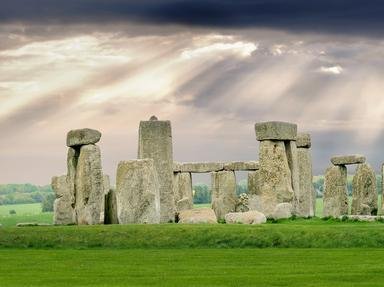Quiz Answer Key and Fun Facts
1. What size is Big Ben?
2. There are some remarkable numbers associated with Big Ben and the clock tower. Which of the following is not true?
3. In which building can Big Ben be found?
4. Big Ben was designed to chime the note E. However, the sound that it has emitted since its very early days is slightly flat of its intended note. Why?
5. What do the keepers of the clock use to regulate the pace of the tower's pendulum?
6. Each quarter hour the quarter bells that surround Big Ben play a tune to mark the time. By what name is this melody known?
7. At the top of the clock tower is the Ayrton light, supposedly installed at the request of Queen Victoria. Why did she ask for it to be installed?
8. Its a moniker that is known worldwide, and many poor, tall souls have been lumbered with it as a nickname, but after whom is Big Ben named?
9. The Westminster Clock Tower is often used as an emblem of London on big and small screen alike. Possibly its most famous role in the movies is in a remake of an Alfred Hitchcock classic, adapted from a John Buchan novel, when the climactic scene is played out with the star, Robert Powell, hanging from the hands of the Great Clock. In which 1978 film did the scene take place?
10. So, after all those questions, here is the key one. How do you get to see Big Ben?
Source: Author
Snowman
This quiz was reviewed by FunTrivia editor
stedman before going online.
Any errors found in FunTrivia content are routinely corrected through our feedback system.

